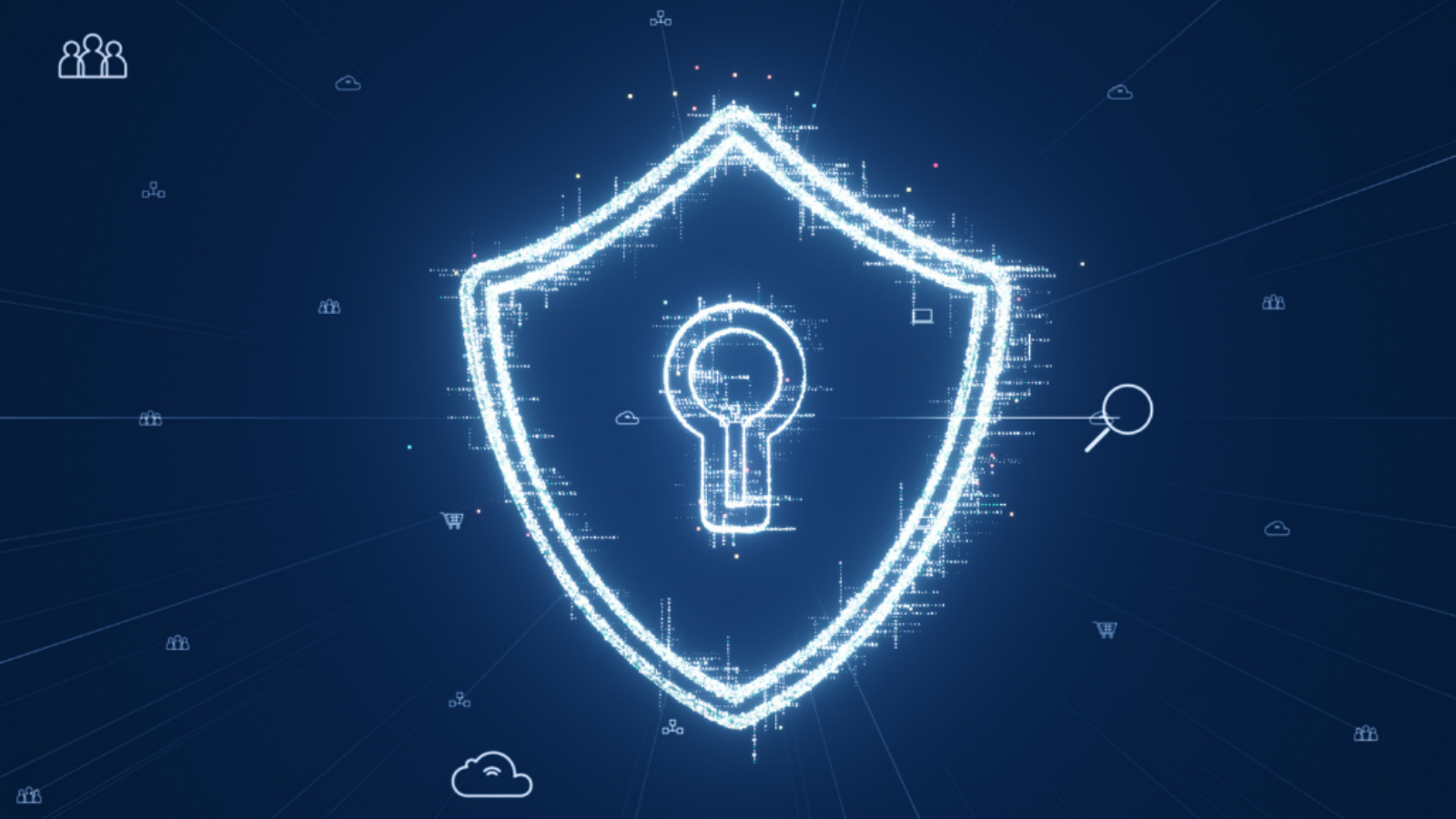How SASE Architecture Helps Your Workforce, Your NetOps Team, and Your Cybersecurity
You may be hearing a lot about SASE these days. That acronym stands for Secure Access Service Edge. Some IT folks pronounce it “sassy,” and it’s an architecture, not a product. In short, SASE enables you to combine networking and security functions into a single, seamless cloud-based architecture. This way you can provide secure access to all your organization’s data and apps from anywhere your users may be working.
You’re hearing more about SASE, and for good reason! Implementing this type of architecture can improve connectivity for your workforce, enhance your IT team’s ability to manage network operations (NetOps for short) and raise the level of your overall cybersecurity.
The big question is, how can your organization tap into these benefits? We’ll answer that question by sharing three ways we’re seeing SASE making a difference right now in organizations we serve. But first, let’s put SASE in perspective for you.
-3.png?width=560&name=Blog%20CTAs%20%20(1)-3.png)
Gartner’s Networking Predictions, 2020 Edition
WHY DOES SASE MATTER TODAY?
Why would you want to converge networking and cybersecurity functions into a single cloud architecture?
Well, the first reason is nowadays technology allows people to work from anywhere. Yes, sounds as though we’re stating the obvious. But acknowledging this escalating trend is important because the pandemic has turbo-charged its upward trajectory. Advances in mobile and cloud tech along with loosening corporate policies are fueling this rocketing phenomenon. Business pundits call it the rise of the hybrid workforce because more and more workers can choose to divide time between home and the office.
Which brings us to the second reason: Your data and apps can be anywhere and everywhere today. Industry gurus call this the expansion of edge computing. In simple terms, this reference just means your workers, their devices and the information and applications they’re using are operating in the field instead of being confined to the desktops and server rooms of your facilities. Another way to look at this situation is anyone in your organization can operate like a branch location in some ways. Plus, you have the option of extending this type of access to trusted vendors and other partners.
Third reason overlays the first two: The mushrooming hybrid workforce and spreading computing edge can create gaps in IT infrastructure, which can make devices and networks potentially more vulnerable to data breaches and attacks like ransomware. With more and more employees working in the field, defending against cybersecurity threats is becoming harder and harder. Which means suffering a cyberattack is becoming more and more likely. And in turn, it makes recovering from these incidents more costly.
SASE architecture can improve your defenses, lower the risk of cyberattacks, and avoid – or at least reduce – the costs of recovery.
Now, let’s look at three ways this happens.
HOW DOES SASE HELP YOUR WORKFORCE?
SASE architecture provides your users with consistent, persistent network performance. In short, they get reliable direct internet access, aka: DIA. But any way you say it, adopting SASE means workers can connect from branches and field locations at higher speeds from anywhere at any time.
SASE accomplishes this feat by using SD-WAN technology rather than MPLS links. Sparing you the technical details, this technique enables network traffic to move more efficiently and optimally. So, workers have the computing resources they need when they need them regardless if they’re operating at HQ or remotely from a branch facility, home, or any place in between. In sum, working through SASE is a better user experience than working through networks of the past.
Plus, there’s a flipside to the efficient and optimal SASE approach. If or when employees have IT issues working in the field, help desk staff can solve their problems sooner and faster.
Which segues to our next point.
HOW DOES SASE HELP YOUR NETOPS TEAM?
SASE makes life easier for your network operations team because it gives them greater control over managing networking technologies and the company policies that govern them.
For example, SASE makes deploying software-as-a-service (SaaS) and enforcing data governance easier. NetOps staff can monitor, facilitate, and regulate when, where and how workers use apps and information in a consistent, comprehensive – not to mention speedier – fashion.
And getting back to the SD-WAN vs. MPLS issue, MPLS links are a more costly technique than SD-WAN. So, your NetOps team experiences both the benefits of easing their efforts and saving your money all at once, because SASE reduces complexity and costs at the same time.
This principle applies to cybersecurity, too.
HOW DOES SASE HELP YOUR CYBERSECURITY?
SASE reduces cost and complexity in your security infrastructure simply by replacing stuff your IT team had to make work together with an integrated system whose components hum along in concert right out of the box.
Not so long ago, enterprise security teams routinely installed “best-of-breed” point security solutions from different vendors to address single purpose needs. These standalone products usually had different operating systems and management consoles and typically provided only limited, if any, integration with other security products. The result was a tangled thicket of technologies that required a lot of time, attention, and budget to implement, maintain, and update.
Unfortunately, in the pursuit of this cybersecurity “defense in depth” strategy, many organizations ended up with “defense ad nauseam” as various siloed security tools multiplied complexity and often created performance issues in the network.
SASE changes the game to “defense in convergence” as network and security functions operate in coordination.
HOW CAN INTERNETWORK ENGINEERING (IE) HELP YOU ADOPT SASE?
First, we work with Cisco as our SASE partner for their history of continuing network innovation, pioneering work in cloud-based security, and proven leadership enabling cybersecurity policies such as zero trust.
Are you ready to move your organization towards this new approach to security? Visit our SASE Resource Center to learn more about SASE and how its cloud-based architecture can help your organization reduce operational complexity and improve your security posture.




-4.png?width=560&name=Blog%20CTAs%20%20(1)-4.png)